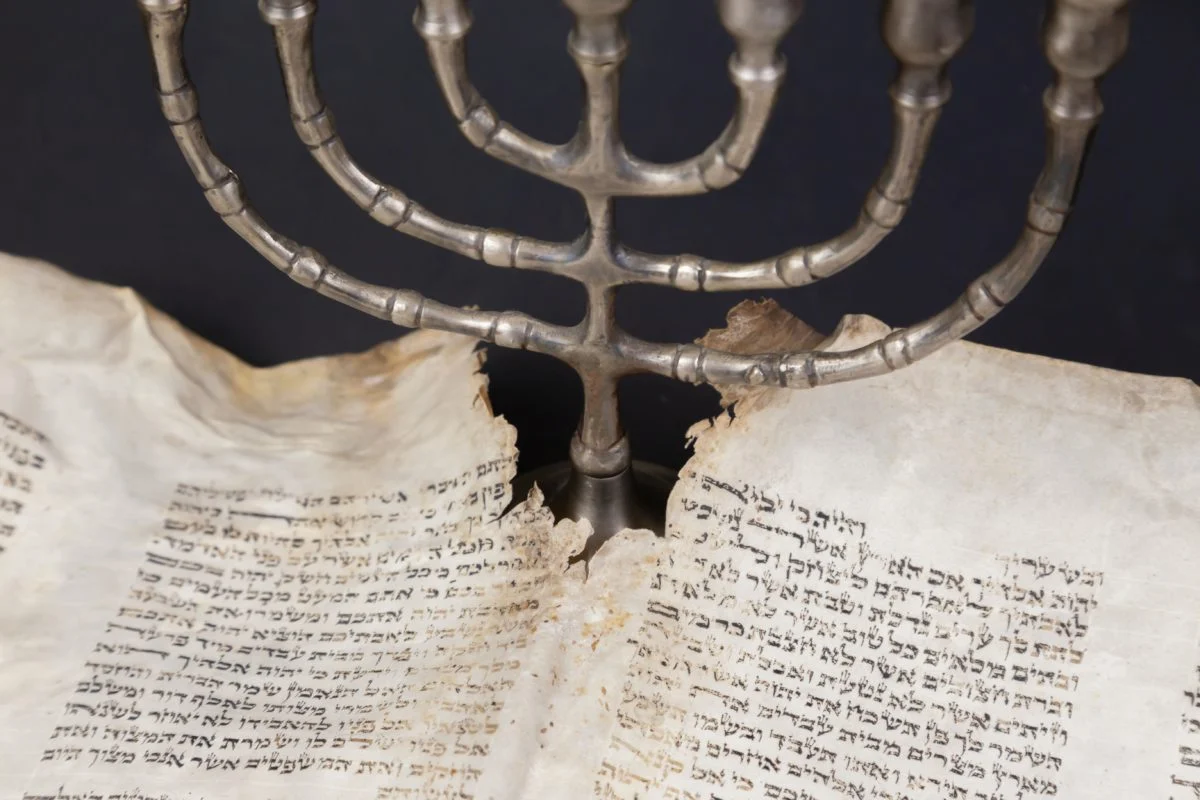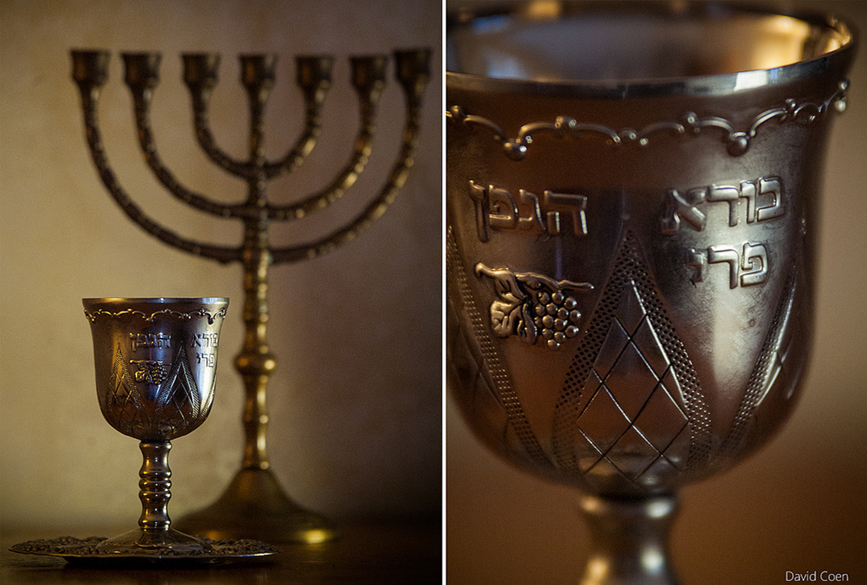The Mishneh Torah (literally, “Repetition of the Law”) is a systematizing work of Jewish doctrine, published in 1180 from the pen of Rabbi Moshe ben Maimon (1135–1204), better known as Maimonides, or Rambam (an acronym for Rabban Moshe ben Maimon).
Shulchan aruch (lit. “Set table”) is a work compiled by Rabbi Yosef ben Ephraim Karo (1488-1575) and was an abbreviation of his monumental work Bet Yosef (House of Yosef). In this fundamental work, an attempt was made to bring together all the provisions of the Law, which was the completion of the codification of the Halacha.
Currently, the Shulchan Aruch is considered the main book on the resolution of practical issues within the framework of Jewish law and, in fact, the basic textbook on Halacha.

Separately, it is worth mentioning the mystical book “Zohar” (“Radiance”), which is the key text for such a trend within Judaism as Kabbalah (see below). In the Kabbalistic environment, this text is revered on a par with the Tanakh and the Talmud.
It is very difficult to establish the exact authorship of this book, which consists of 22 volumes. The main parts of it were probably written between 1270 and 1300 in Spain by the mystic Moshe ben Shem Tov de Leon (d. 1305). The content of this text is an esoteric interpretation of the Torah, as well as teachings based on stories from the life of Jewish teachers of the 2nd century AD. e.
The main provisions of the creed of Judaism
Throughout the millennia of its development, Judaism has undergone major changes, while maintaining the continuity of tradition.
Today Judaism is a conglomeration of religious groups that differ greatly on a doctrinal level. The conceptual difference between Jewish schools is often much more significant than the interdenominational differences within Christianity.
If we try to single out cross-cutting ideas in all the doctrinal diversity of intra-Jewish movements that are acceptable, if not by all, then at least by the majority of believers, we will get a very limited list of provisions:
1. Monotheism, which affirms not only the uniqueness of the Divine essence, but also the unity of the Divine Person, who is the Creator and Provider of the world. The disobedience of the first people to the will of the Creator led to the loss of original bliss and the beginning of innumerable disasters.
2. The idea of the Jewish people being chosen by God, combined with the doctrine of the immutability of the promises of the Old Testament period and the conviction that the Jewish people are called by the Creator to show the rest of humanity a model of holiness.
3. The concept of the Covenant as a legal contract, in accordance with which Israel is charged with the observance of Divine institutions, and in return God assumes patronage obligations.
4. The doctrine of the Messiah, who is to establish among all people faith in the true God, establish a new world order, marked by features of universal harmony and prosperity, with the dominant position of the Jewish people, who received the final and irrevocable deliverance from all suffering and eternal triumph in the coming kingdom of the Messiah.

There is a movement of Messianic Jews (Messianic Judaism) who recognize Christ as the promised Messiah, but most Jewish denominations insist that this promise has not yet come true and the coming of the Messiah is a matter of the future.
Closely connected with this issue is the problem of the restoration of the Temple in Jerusalem, which is a matter of hope for many religious Jews.
A more detailed specification of the listed religious ideas reveals serious divergence of views on such important issues as the nature of the Deity, understanding the essence of creation and the significance of the election and holiness of Jews in the historical perspective of the existence of the people and all mankind, as well as the idea of the Messiah and the final destinies of Israel and the whole world.
